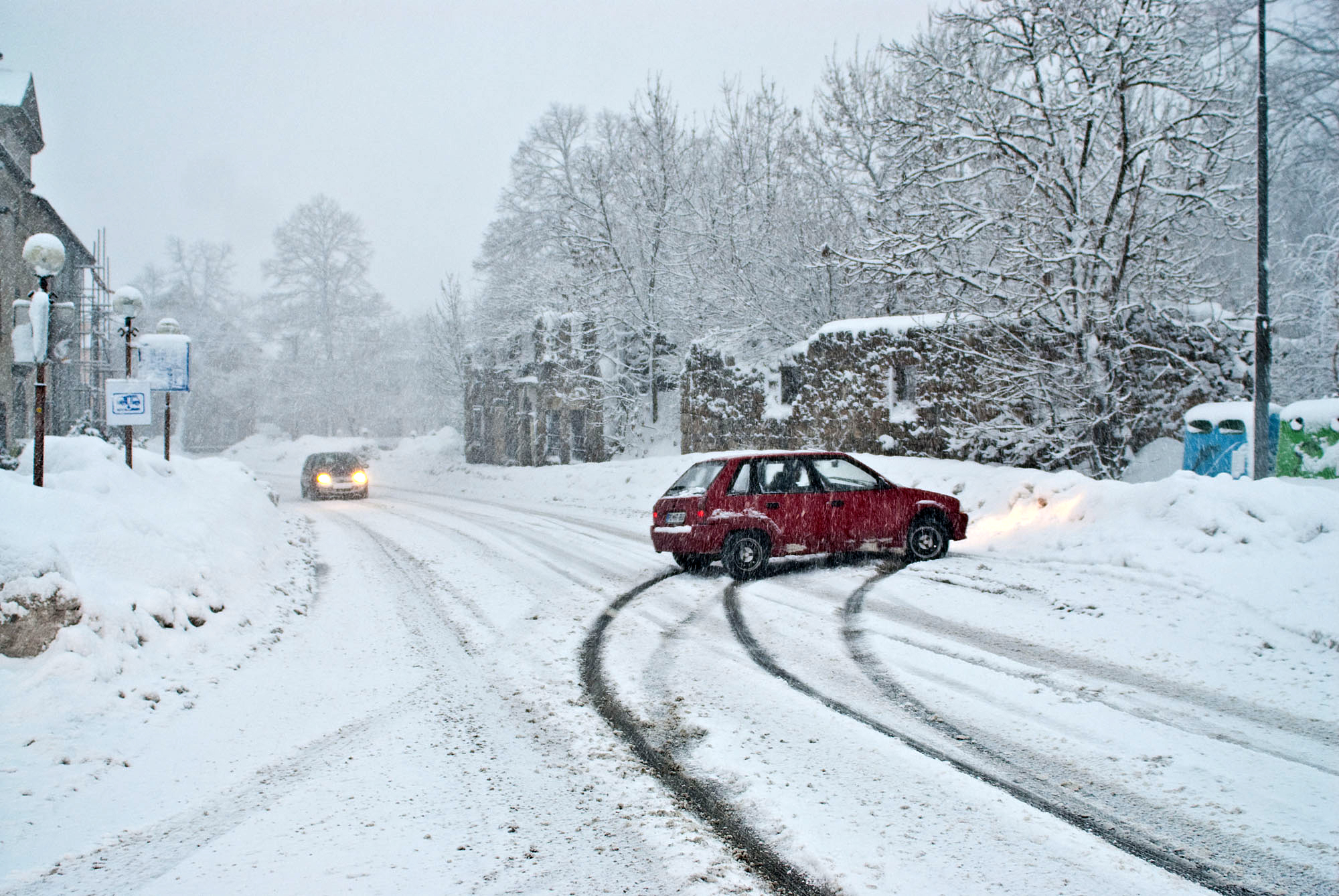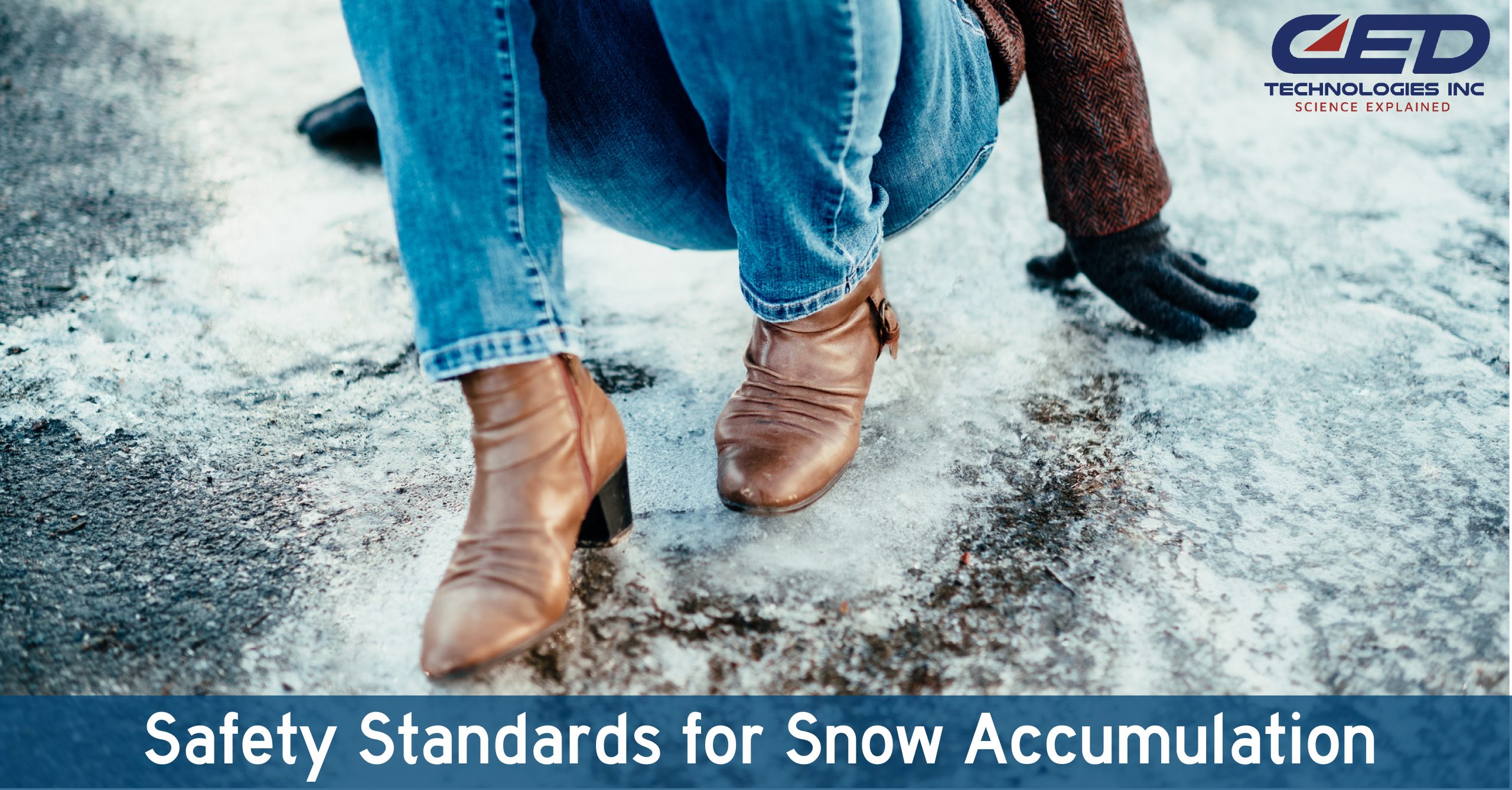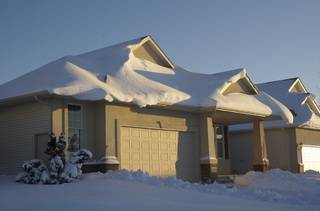Each year, when winter casts its grip on the landscape and the snow starts to fly, the rugged truck commercials emerge on TV, reminding us to turn our attention to the handling capacity of our own vehicles. Most of us have questioned, at some point, the merits of front vs rear wheel drive and all-wheel (AWD) vs 4-wheel (4WD) drive, wondering if our vehicle is adequate for our needs or whether we should switch it up with the next auto purchase. Indeed, the question of which of the ‘drives’ should suffice for any particular individual is near the top of the list of FAQs directed at car dealers…and each type has its strengths and limitations.
Rear-wheel drive cars have exceptional handling — or ability to hug the road. The high performance, high speed race cars fall into this category, as well as luxury cars and many of the burly SUVs and pickup trucks. But Ford vs Ferrari fever aside, most of us do not require our vehicles to possess such superior feats of engineering and are happy to leave the thrill-seeking and show-stopping to the NASCAR set or the rugged fly-fishing outdoorsmen. Front-wheel drive vehicles are generally better in bad weather…but, conversely, not good at handling high speeds. They are typically lighter, less expensive cars which are more fragile, but get better gas mileage for this reason. Both rear and front wheel drive vehicles are much safer to drive in bad weather when outfitted with winter tires which have deeper treads for stopping and turning. Says Jim Gorzelany for Motor1.com: “Those who live in northern climates and own rear-drive vehicles can expect to spin their wheels and require a neighborly push out of snowbound parking spaces unless they’ve installed a set of deep-tread snow tires for the winter months. And don’t even think of taking a sporty rear-drive car out of the garage when the weather turns the least bit ugly if it’s fitted with high-performance ‘summer’ tires.” https://www.motor1.com/features/184737/rear-drive-or-front-drive/
In the case of both AWD and 4WD vehicles, all four wheels provide power, but the systems are different. AWD cars distributes power to the front, rear or both equally, as needed and depending on the conditions. AWD is always on and unquestionably superior traction in rain, snow and gravel. Power to the rear tires is the default in AWD but the computer monitors and adjusts when needed. For example, if it is raining hard and you go to turn a corner, rear-wheel traction will automatically kick in if the front tires start to spin. It can certainly lend to more peace of mind, since the car knows what to do. Since the AWD feature is always engaged, it is less fuel efficient.
Unlike AWD, many 4-wheel drive systems must be turned on by the driver when needed and turned off when not needed. In bad weather, it provides the best traction possible and is more specialized and situationally competent. Generally, 4WD systems provide 4H (high gear – for high speeds and the street) and 4L (low gear – for extra torque for the gears to haul someone out of a ditch or to drive through serious mud or snow). In general, nothing beats 4WD for traction in extreme conditions. Because it uses more energy, it is less fuel-efficient, just like AWD.
The problem with AWD and 4WD vehicles is that they can give people a false sense of confidence while driving in slippery road conditions. Neither AWD nor 4WD have any effect on turning or braking under slippery conditions. Because of this, drivers should reduce their speed in bad weather, no matter what kind of vehicle they are driving. Ice is the great equalizer: in icy conditions, only anti-lock braking prevents a car from sliding or skidding… all bets are off! Many people don’t know what to do when they suddenly start to skid and lose control of the vehicle, and they slam down on the brake. Often, ice or black ice can be sporadically spread in patches on the surface of the road, which could cause a car to flip when a driver transitions from a slick spot to a dry spot on the road. The correct thing to do is to turn the steering wheel in the direction of the skid; the same direction the car is going…and to keep your foot off the brake. It’s known as “steering out of the skid” and “dynamic braking” (which refers to not hitting the brake pedal and letting the car slow on its own). It can feel very counter-intuitive to keep one’s foot off the brake when losing control of the vehicle…but driving experts say that is the best thing to do.
So to recap: when the bad winter weather hits, remember these two things: No one is invincible…and driving at anything approaching a high speed is irresponsible, endangering yourself and others on the road.Click Here To See Our Full List of Experts Click Here To Submit an Inquiry about a possible Claim or Case.






